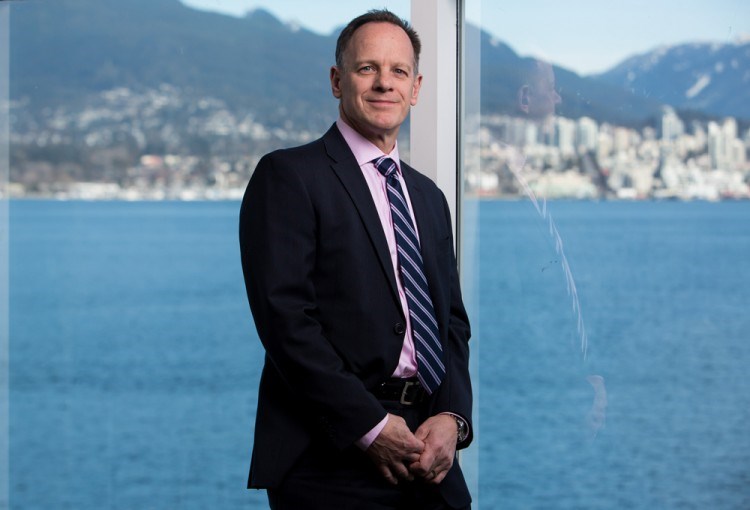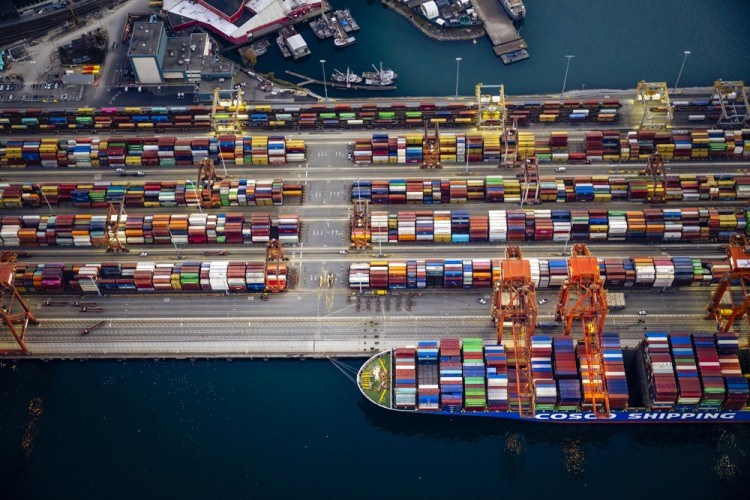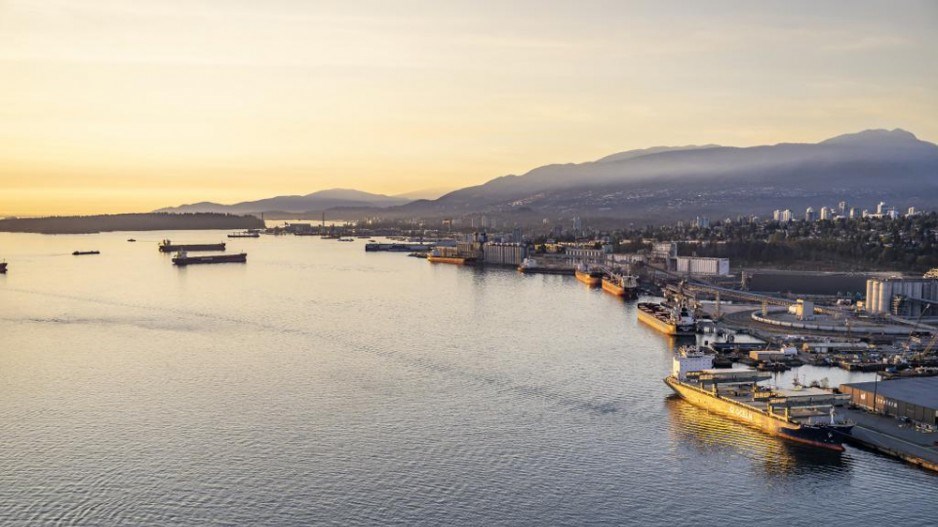Over the past 12 months, the port community and our supply chain partners have faced multiple and varied challenges—from a cooling Canadian economy and rising inflation and interest rates, to local and international labour disputes, and global uncertainty. We’ve seen a range of impacts related to these challenges, with growth in some sectors and softening in others at the Port of Vancouver.
Yet through all of this we’ve seen the reliability and resilience of Port of Vancouver terminal operators and supply chain partners as they rose to the challenge to keep Canada’s trade moving—from exporting a near-record grain harvest from the Prairies to help feed the world, to importing the vehicles and electronics that help power our lives every day.
The Port of Vancouver is incredibly important for Canadians and businesses across the country, moving nearly as much cargo volume as the five next largest Canadian ports together and handling $1 of every $3 of Canada’s trade in goods outside of North America. More than $300 billion worth of trade moves through the port each year and port activities sustain 115,300 jobs. In addition, as a homeport destination, cruise operations inject an average of almost $3 million into the local economy for each ship that visits the Canada Place cruise terminal at the Port of Vancouver and generate nearly 7,000 jobs across Canada.
It’s not a stretch to say operations at the Port of Vancouver affect us all.
That’s why it matters that despite challenges over the past year, those operating in the Vancouver gateway not only managed to support Canada’s trade objectives and facilitate a record year for cruise—but also took tangible steps towards increasing trade capacity and resilience, and environmental sustainability.

Huge steps were taken in 2023 to deliver container capacity at the Port of Vancouver, including expanding the existing Centerm container terminal in Vancouver and progressing plans to build a much-needed new container terminal in Delta. The Centerm Expansion Project was delivered in partnership with terminal operator DP World and increased the terminal footprint by 15% to expand capacity by a massive 60%. Meanwhile, the proposed Roberts Bank Terminal 2, which will increase Canada’s west coast container terminal capacity by more than 30%, is a step closer to realization after receiving federal approval in April and a provincial environmental assessment certificate in September.
While these projects progress against the backdrop of a cooling economy, planning done by the Vancouver Fraser Port Authority and port terminals must be based on a long-term view of Canada’s trade needs that is measured in decades and not determined based on a snapshot in time—and the Vancouver gateway’s outlook remains robust. With that in mind, we launched Connect+ in July to bring together all our initiatives aimed at supporting data sharing, collaboration and digital innovation in the gateway—and we expect this will play an important role as we continue to plan for the future.
The port authority and industry also continue to collaborate on ways to reduce the effects of growing trade on the environment and communities. For example, new measures introduced this year through the Active Vessel Traffic Management Program are already helping to reduce ship-related disruptions including ambient noise and light on coastal communities, through Canada’s first anchorage code of conduct as well as arrival/departure windows for ships anchoring around the Southern Gulf Islands.
Port operators took a number of tangible steps over the past year to reduce the environmental impacts of Canada’s trade—in support of our vision for the Port of Vancouver to be the world’s most sustainable port. Viterra now operates all three of its locomotives on renewable diesel at its Pacific Terminal for grain exports, while Seaspan has invested in biodiesel and electric terminal tractors to support its operations. These investments follow support received through the Low-Emission Technology Initiative, a joint initiative between the port authority and the Province of B.C. to accelerate the transition to low and zero emission fuels and technologies. Separately, in November, Global Container Terminals signed on to the federal government’s Net Zero Challenge and committed to reaching a target of net zero by 2050.

Long-term relationships remain the bedrock of delivering operations and improvements at the Port of Vancouver. In 2023, Alliance Grain Terminal and DP World both celebrated 100 years of operations at the port, while cruise line Holland America Line celebrated 50 years of calling the port and 150 years of operations. We also continued collaboration with First Nations and local communities—helping to ensure everyone benefits from Canada’s trade.
As the holiday season and year-end approaches, we want to thank the port community, shippers and shipping lines that use the Port of Vancouver, and our supply chain partners including railways and truck operators, for their dedication and hard work supporting Canadian trade over the past year—and helping us build a better port for all of Canada.
—Peter Xotta, Vancouver Fraser Port Authority president and CEO
The views expressed in this article are those of The Vancouver Fraser Port Authority. They do not reflect the opinions or views of Business in Vancouver.




